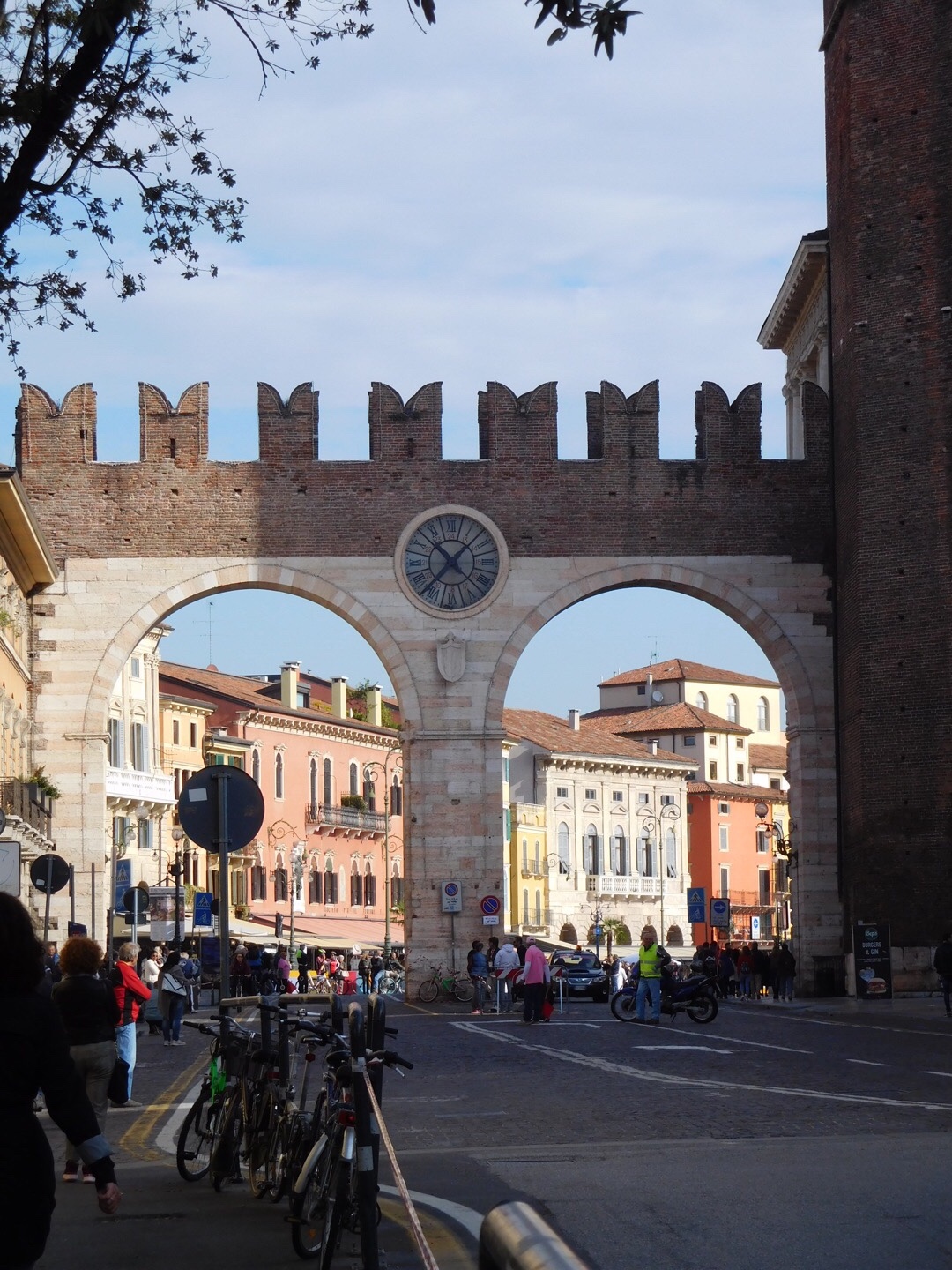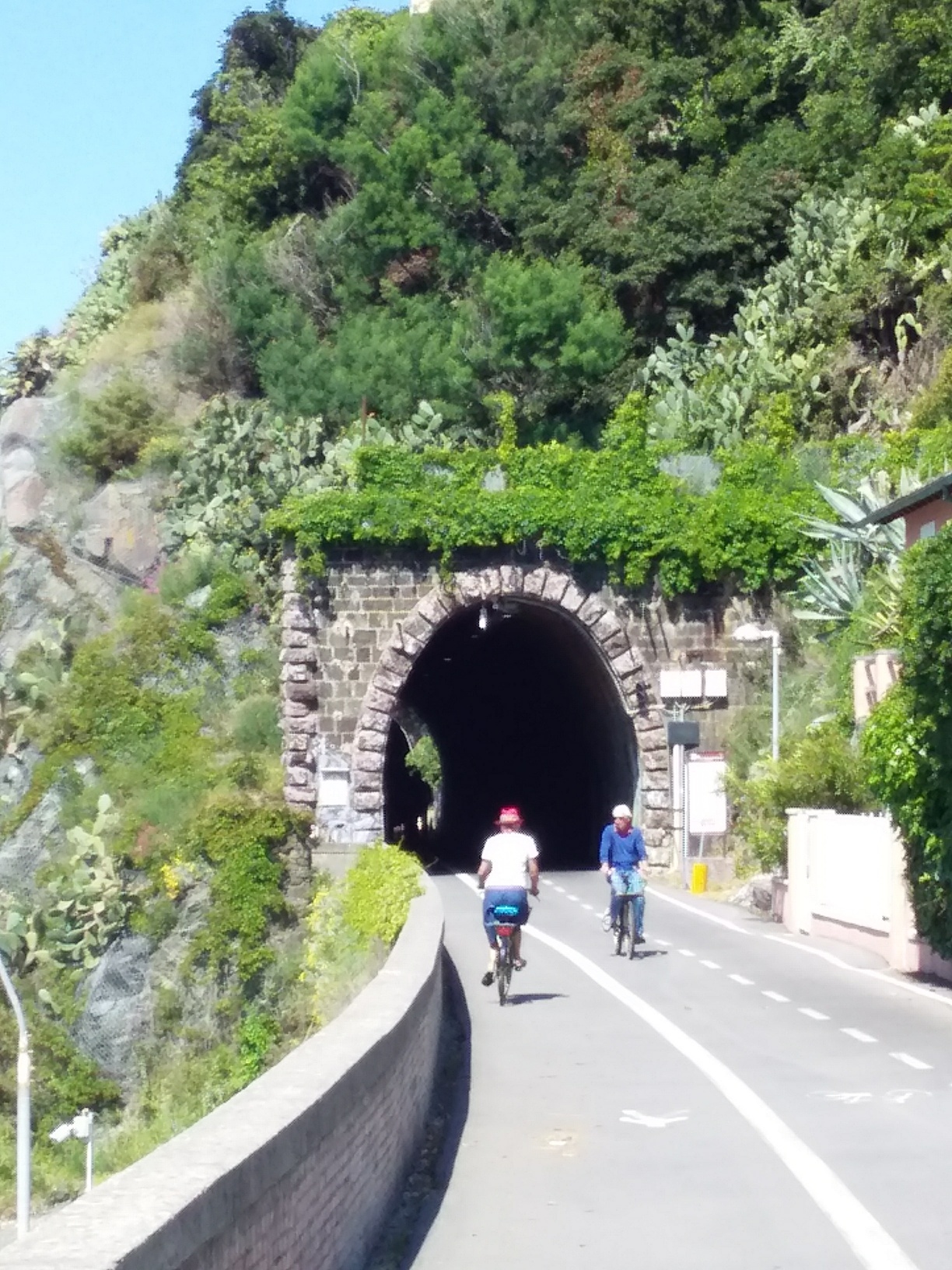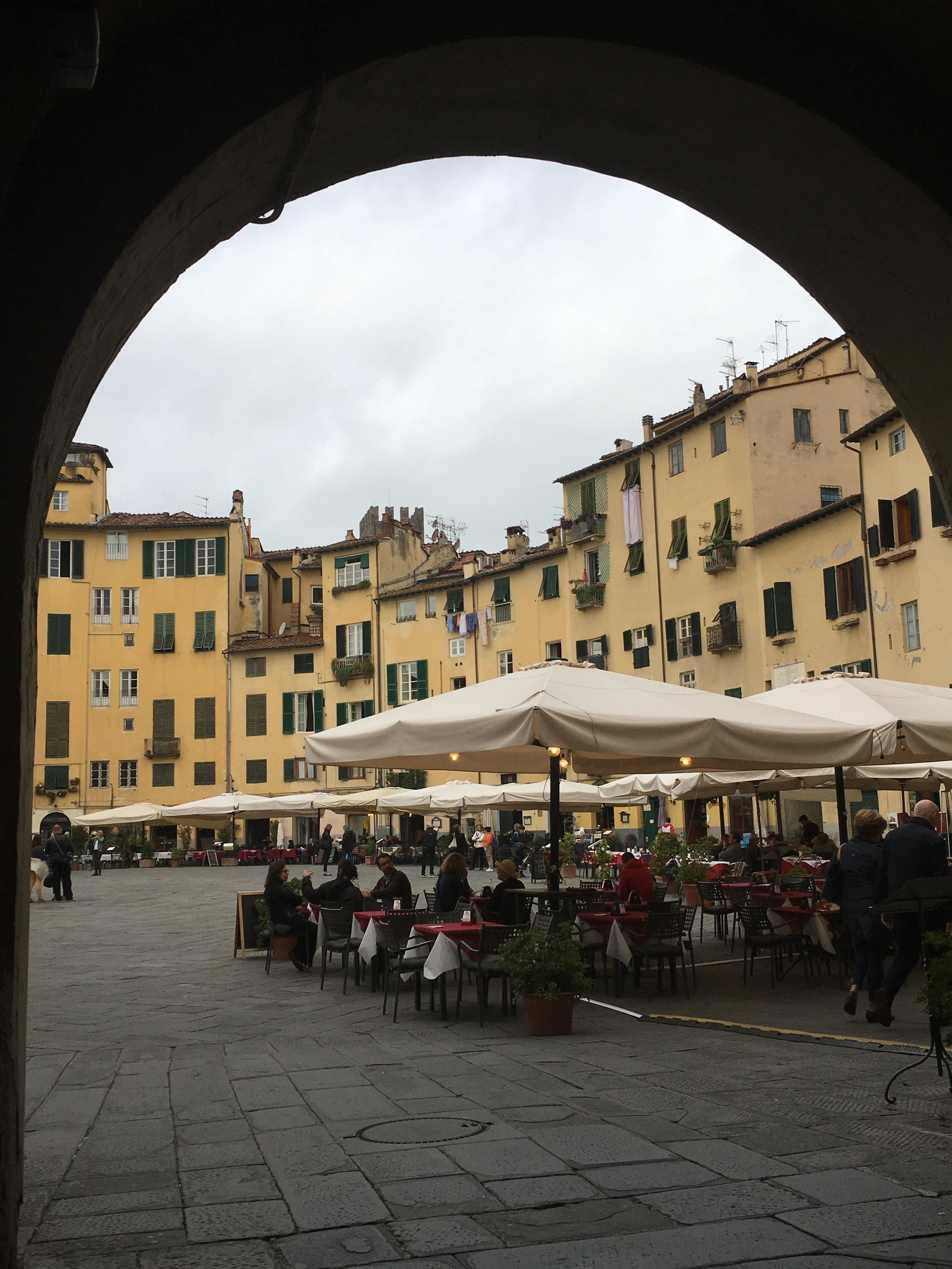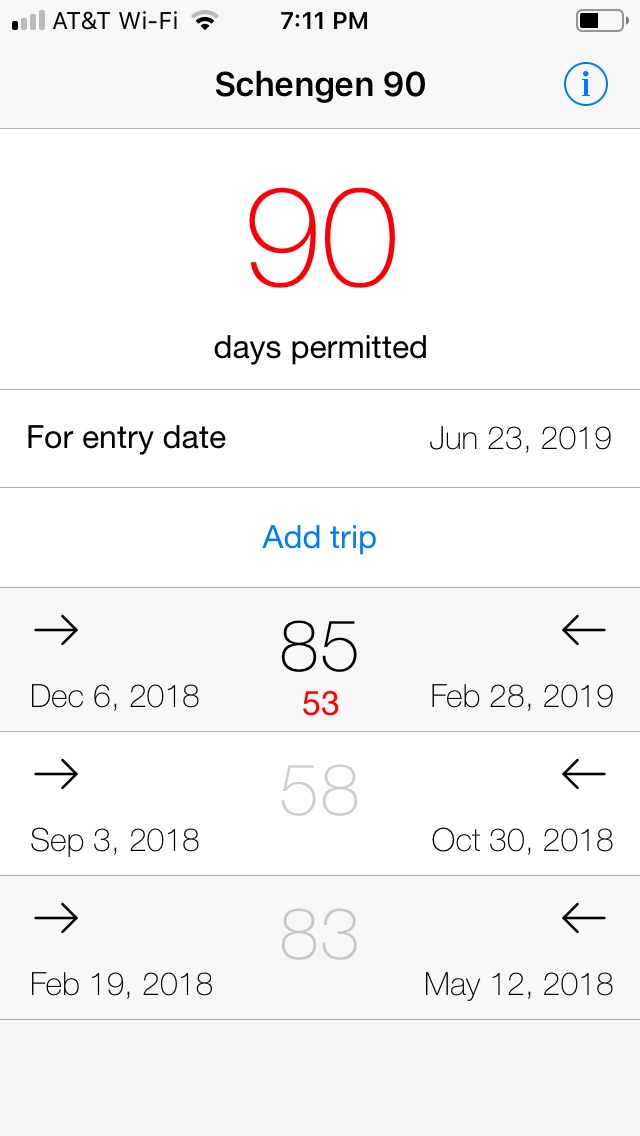Tranquility in a Botanic Garden
As I wrote this, Italy was suffering through a tremendous heat wave. Temperatures in Lucca reached 100 degrees, so it seems that I picked a good time to fly back to the United States for a visit with my family - New Mexico was relatively cool in late June and early July this year.
Although I know Albuquerque well, there are things that I wasn’t often able to do when I lived there and that I now enjoy doing as a visitor. One of those is a visit to the local botanic garden., something I enjoy in any city I visit. With cool morning temperatures, it seemed a perfect time to revisit this special place.
Shady paths offer a cool and tranquil place to walk.
The botanic garden in Albuquerque has several unique areas, including a western-style farmhouse garden full of wildflowers.
Wildflower garden
There are also small pocket gardens with roses, Moroccan-style courtyards, lily ponds, and deeply shaded paths and ponds. There are also areas with tropical plants and places designed for weddings or for children to explore. Summer evenings bring concerts on the lawn and families picnicking.
One of many lovely floral gardens
I love wandering through all the different spaces, but my favorite area has to be the Japanese Garden, designed by noted garden designer Toru Tanaka. The garden honors Albuquerque’s sister city of Sasebo, Japan, and incorporates traditional Japanese architecture, design, and plants along with native local plants and materials.
Though small, just four acres, the design captures the essence of a classic Japanese garden and provides a uniquely Japanese experience through the use of stone lanterns, pagodas, arched wooden bridges, sculpted stone gardens, and water features.
The beautiful tall bell tower reminds me of one I saw decades ago at a Japanese temple in Hawaii. Such a simple structure, and yet majestic.
The large pond with its spectacular waterfall is a delight for the senses - hear the rushing water, feel the cool spray, and see the lily pads in the calm waters near the edge. Enchanting! I will remember the sound of the waterfall long after my return to Italy. -post by Joanne































